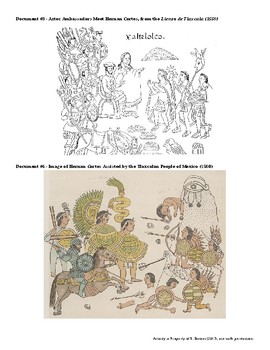

Mitocondrial and Y-chromosome analysis have shown that 62% of Puerto Ricans come from an Amerindian ancestry and well over 70% have a white ancestry see Demographics of Puerto Rico for further information.Īnother early source is Girolamo Benzoni's Historia nuovo ( New History), first published in Venice in 1565. Recent genetic research contradicts the theory of the total Spanish genocide in the Caribbean. In 1552, the Dominican friar Bartolomé de las Casas published his Brevísima relación de la destrucción de las Indias ( Short Account of the Destruction of the Indies), a polemical and arguably exaggerated account of the excesses which accompanied colonization, in which he compares the natives with tame ewes and blames Spaniards for the murder of 30,000,000 to 50,000,000 Arawaks on the island of Hispaniola (now home to the Dominican Republic and Haiti). As early as 1511, some Spaniards criticized the legitimacy of the Spanish colonization of the Americas. No small part of the Black Legend comes from self-criticism in Spain itself. Some of the most famous support for the legend comes from two Protestants: the Englishman John Foxe, author of the Book of Martyrs (1554) and the Spaniard Reginaldo González de Montes, author of the Exposición de algunas mañas de la Santa Inquisición Española ( Exposition of some vices of the Spanish Inquisition, 1567). Although the Inquisition had existed in many European countries before it existed in Spain, Ferdinand II of Aragon instituted the inquisition in Spain primarily to investigate and punish conversos, former Jews and Muslims who had converted to Roman Catholicism, but whose conversions were not entirely trusted. The Spanish Inquisition was the most important topic of the Black Legend in the 16th century.
Black legend of spain plus#
According to Sverker Arnoldsson, the Italians' criticisms of the Spaniards were cultural and racial, not only economical and political: "age-long mixture of Spanish with Oriental and African elements, plus the Jewish and Islamic influence upon Spanish culture this motivated the view of the Spaniards as a people of inferior race and doubtful orthodoxy." Cardinal Giuliano della Rovere called Pope Alexander VI "Catalan, marrano and circumcised". The Valencian pope Alexander VI became almost a mythical villain, and countless legends and traditions attached to his name. From the 13th century, the Crown of Aragon (then a kingdom including Catalonia, with Barcelona as the kingdom's leading city) dominated Naples and Sicily, creating a great hate towards Catalans.


 0 kommentar(er)
0 kommentar(er)
